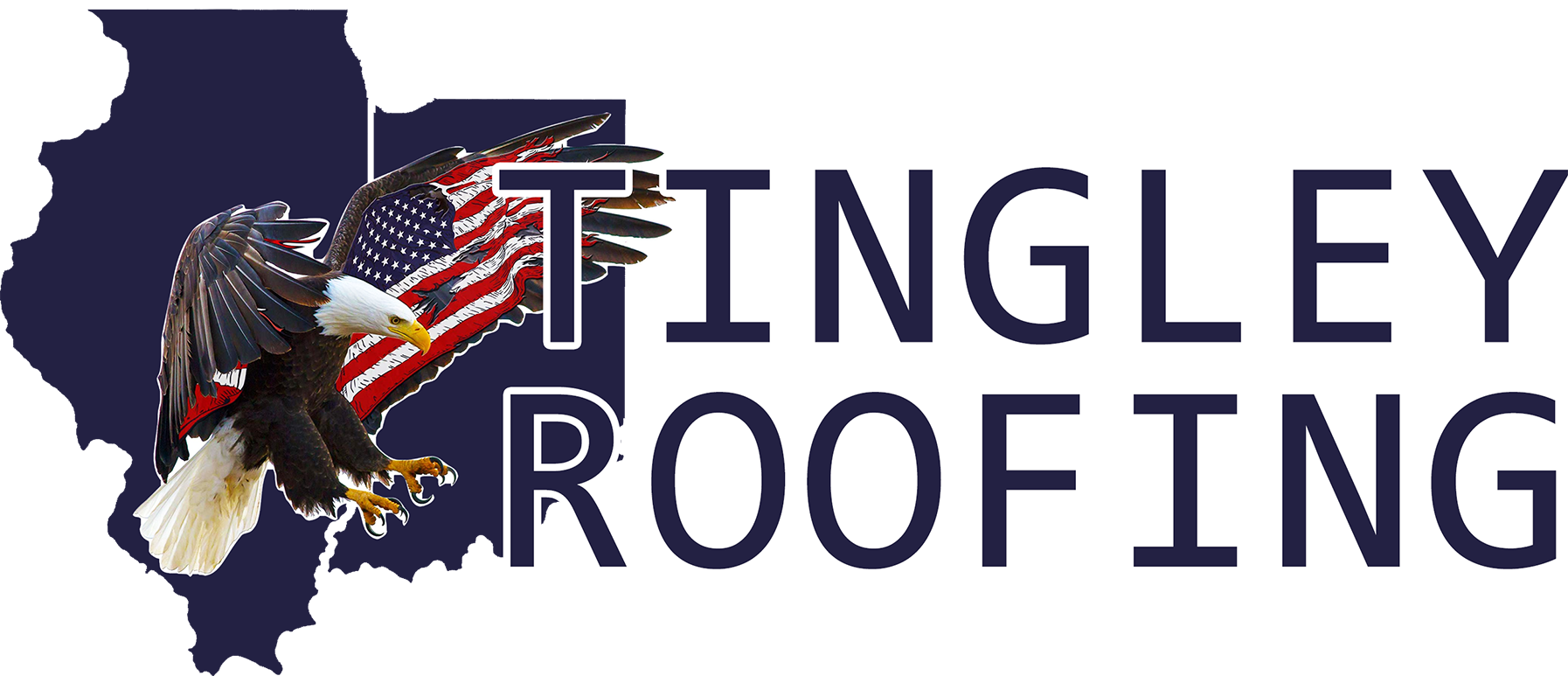All you need to know about commercial and residential roofs
Benefits of White vs Dark Color Commercial Roofs
References:
- Nicole Gale, National Coatings
(2) Julie Chao, White, Green or Black Roofs? Berkeley Lab Report Compares Economic Payoffs
What are the benefits of having a white roof compared to a black roof? When owning a building with a white roof, owners save money and energy.
During the hot summer months, black roofs absorb a lot of heat! Due to this, buildings with black roofs have to crank up the air conditioning to keep up with the rising temperatures. However, white roofs don’t absorb as much heat compared to the black roof. White roofs are an example of “Cool Roofs”. Cool roofs are roofs composed of heat-reflecting materials. Ultimately, white roofs save the building owner money when it comes to air conditioning.
Save money! White roofs are more cost efficient. White roofs last longer than darker roofs. While black roofs absorb heat, white roofs reflect the majority of heat! Due to this contrast in surface temperatures, white roofs prove to last a lot longer than darker roofs and also reduce maintenance costs!
How Hail Damage Effects Residential Roofs
References:
- https://www.travelers.com/resources/weather/hail/identifying-hail-damage-to-your-roof
- https://www.nachi.org/asphalt-comp-shingles-part47-101.htm
When weather takes a turn for the worst many of us fear possible damage, especially with hail. How does hail effect roofs? It is important to have your roof inspected after a bad hail storm. Hail can cause leaks, cracks and deterioration to your shingles. Depending on the shingles, damage will appear differently for most roofs and a lot of times can go unnoticed. There are also many factors that determine shingle damage such as:
- Temperature: When shingles get cold, typically below 50 degrees F, they aren’t able to absorb much impact. Which inevitably causes more damage.
- Material: Damage can be hard to see depending on the roof’s material. Wooden shingles with hail damage can usually be seen with dents and orange splits in the shingle. Asphalt shingles with hail damage are soft to the touch and may appear shiny. Hail damage on metal roofs are the easiest to spot.
- Hail size: Hail size can vary, typically roof damage doesn’t occur until around 1 inch in diameter or above. For size reference, hail sizing larger than a dime or a quarter can cause serious damage to a roof.
- Impact: The amount of damage depends on the angle and area of impact. The edges of shingles are the most exposed due to the lack of support from other shingles, therefore edges are vulnerable.
- When hail hits shingles with a “glancing blow” the impact causes less damage.
However, there are many other types of damage that is mistaken for hail damage, such as blisters. There are some signs of hail damage that can help determine if hail is the real culprit. Loose and dented gutters are usually the easiest to spot, but sometimes gutters only get small impact. Also look for damage on the siding of the home. Sometimes homeowners will see “hail splatter” which is evidence of hail.
If you suspect that your roof has hail damage, you should call a professional for a roof inspection.
How Wind Damage Effects Residential Roofs
High winds can result in a lot of damage to your roof including roof penetration and leaks. When high winds go through your area make sure to check for the following damage.
Trees can help protect your home from weather as well as damage it. When high winds come through your area, limbs or even full trees can damage your roof. Trees or any other debris can be more damaging than the weather itself. Frequently check for dead or loose limbs to prevent damage when high winds come through. Trim your trees.
Shingles are made to withstand pretty high speed winds, but can usually start taking damage around 50mph. Depending on the wind speed that your shingles can withstand, it is important that shingles are checked after high winds. High winds can take off shingle edges and cause leaks which will add further damage to your home. High winds can also pull shingles up high enough to loosen nails or rip them off entirely. When one shingle is ripped from your roof damage is inevitable! These lifted shingles are not always visible. If you suspect any shingle damage call a professional for an inspection.
Signs of roof damage:
- Roof penetrations
- Damaged, missing, or curling shingles
- Loose, bent, leaking, or sagging gutters
- Damaged chimney bricks, missing flashing
- Leaks in attic
Common commercial roof failures
References: http://www.americanweatherstar.com/5-common-commercial-industrial-roof-problems/
Commercial roofing tends to a harder installation compared to residential roofing. Commercial roofs are much larger and either have a low slope or are flat. Flat roofs require more care and repairs.
- Improper installation
- Commercial roofs that are installed to wrong specifications. Construction workers have to build around many obstacles which leave a lot of room for errors. Improper installation can bring any roof down.
- Maintenance
- Due to the constant need for upkeep, commercial roofs are prone to further damage with construction work as well as foot traffic.
Common residential roof failures.
- Poor installation
- Starting off with a bad installation is bound to bring a heap of problems. Therefore, your roof will not live out its full life expectancy and will just take more money from your pockets!
- Weathering
- Damage can be brought on by minor weather, but typically high winds and hail storms have it out for roofs. Penetration caused by hail or wind damage can cause leaks and increase the radius of damage.
- Design
- Many roof designs require more attention than others! A lot of problems with residential roofing starts with homeowners not knowing the care needed for their specific roof design.
